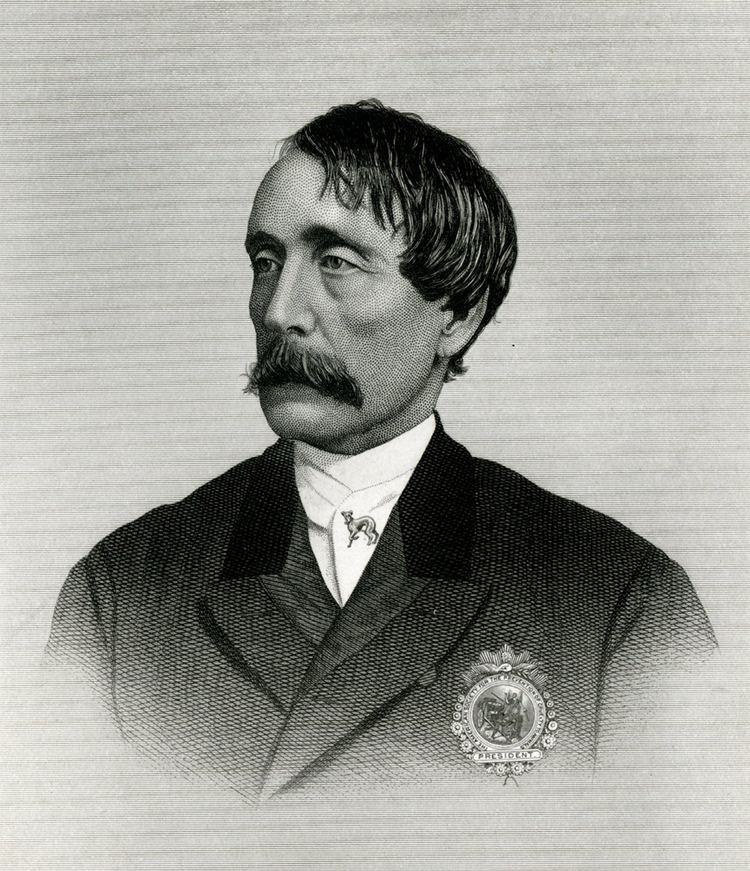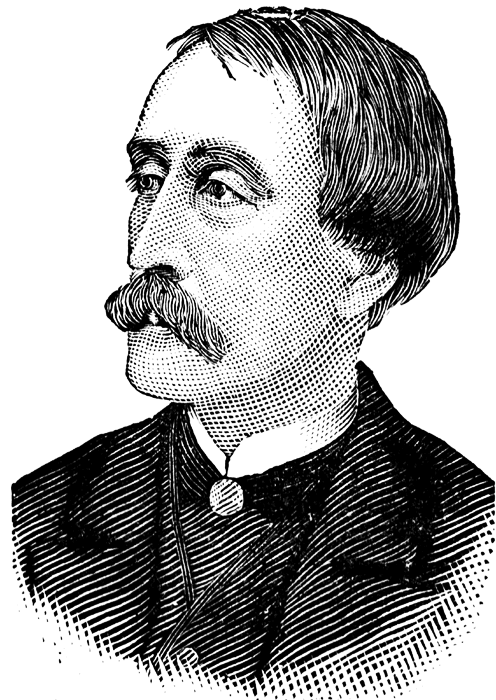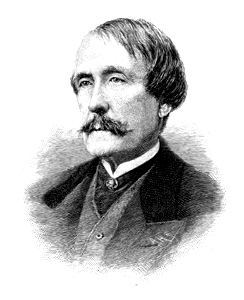Parent(s) Christian Bergh Name Henry Bergh | ||
 | ||
Occupation Diplomat, activist for humane treatment of animals and children Known for Founding the American Society for the Prevention of Cruelty to Animals, helping found the Massachusetts Society for the Prevention of Cruelty to Children Spouse(s) Catherine Matilda Taylor Died March 12, 1888, New York City, New York, United States Organizations founded | ||
Who was henry bergh
Henry Bergh (August 29, 1813 – March 12, 1888) founded the American Society for the Prevention of Cruelty to Animals (ASPCA) in April, 1866, three days after the first effective legislation against animal cruelty in the United States was passed into law by the New York State Legislature. Bergh also prompted the formation, in 1874, of the Massachusetts Society for the Prevention of Cruelty to Children (MSPCC).
Contents
- Who was henry bergh
- ASPCA 2016 Henry Bergh Award
- Early years
- Animal welfare work
- Child welfare work
- Death and legacy
- Works
- References

ASPCA 2016 Henry Bergh Award
Early years

Henry Bergh was born August 29, 1813, in New York City. His father, Christian Bergh, an ethnic German was a successful shipbuilder who had completed a series of contracts for the government. Upon his death in 1843, a significant estate was left to the benefit of the three Bergh children, including Henry.
Bergh attended Columbia College in New York City, but left before completing his degree, deciding instead to tour Europe. He would remain in Europe for a total of five years.
In 1862 Bergh entered government service, being appointed by President Abraham Lincoln as secretary of the American legation in Tsarist Russia. He would serve time in St. Petersburg, acting vice-consul, before resigning his position in 1864 due to Russia's severe winter weather.
Animal welfare work
During his stay in Europe, Bergh witnessed various cruelties committed upon animals, which impacted him greatly. In England Bergh met Lord Harrowby, president of the Royal Society for the Prevention of Cruelty to Animals, who impressed upon Bergh the importance of his mission, leading Bergh to dedicate the rest of his life to the cause of ending animal cruelty.
On April 10, 1866, an act of incorporation of the American Society for the Prevention of Cruelty to Animals (ASPCA) was granted by the New York state legislature, with Bergh assuming the role of president of the new association, for which he received no financial compensation. Bergh and his wife provided initial funding for the private organization. Branches of the ASPCA were subsequently established throughout the United States and Canada.
Under Bergh's leadership, the early ASPCA involved itself in a wide variety of issues, including slaughterhouse practices, animal transportation, care of horses, elimination of vivisection, cock fighting, and dog fighting, and the abolition of use of live pigeons in shooting matches. Bergh and the ASPCA are particularly credited for the use of clay pigeons in trap shooting.
In 1873, Bergh conducted a national lecture tour taking him across the American West. He was also able to speak on the animal welfare cause before the Evangelical Alliance and the Episcopal convention, with the latter passing a resolution giving its clergy express permission to preach an annual sermon against cruelty to animals.
Child welfare work
In 1874, Bergh was approached by a Methodist missionary named Etta Agnell Wheeler, who sought help rescuing a child named Mary Ellen Wilson from her cruel abuser, Mary Connolly. After Mary Ellen's story was heard, and she was subsequently rescued through Bergh's efforts, other complaints came in to Bergh. In response, Bergh himself, along with Elbridge T. Gerry and John D. Wright, formed the New York Society for the Prevention of Cruelty to Children (NYSPCC) in 1875. Over the coming years, other SPCC organizations were formed, such as the Massachusetts organization in 1888, the Massachusetts Society for the Prevention of Cruelty to Children (MSPCC).
Death and legacy
Bergh died on March 12, 1888, in New York City. Poet Henry Wadsworth Longfellow eulogized Bergh as "among the noblest in the land...friend to every friendless beast." Henry Bergh is interred at Green-Wood Cemetery in Brooklyn, New York.
In the spring of 2006 at Green-Wood Cemetery, while making preparations to honor Bergh, the ASPCA discovered that his wife was also in that mausoleum. On May 6, substantive ceremonies were held before a large audience which was allowed to bring their pets into the cemetery - including dogs, for the first time in over a century. The NYPD Emerald Society bagpipers and ASPCA HLE Agents were there also. After a walk to Bergh's tomb, the bas-relief statue was revealed that now rests in front. At the same time as these ceremonies, in the cemetery's large chapel building an exhibit was opened celebrating the history of the ASPCA and Henry Bergh.
